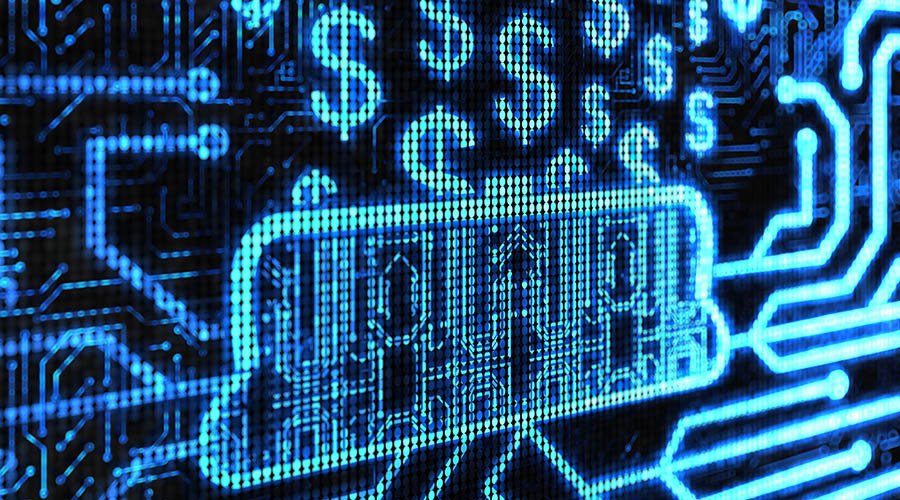A 51% attack represents a significant threat to blockchain networks, particularly those utilizing Proof of Work (PoW) or Proof of Stake (PoS) consensus mechanisms. In a 51% attack, a malicious entity or group gains control of more than 50% of the network’s mining or staking power, allowing them to manipulate the blockchain, double-spend coins, or prevent legitimate transactions from being added to the blockchain. While the risk of such an attack is higher in smaller, less secure blockchains, no blockchain network is entirely immune to this threat.
This article outlines the key concepts behind a 51% attack, the potential risks it poses, and strategies that can be employed to mitigate or prevent such attacks from occurring in blockchain networks.
1. Understanding the 51% Attack
A 51% attack occurs when a single entity or group of attackers gains control of the majority of the network’s computational or staking power. This majority control allows the attackers to manipulate the blockchain in the following ways:
- Double Spending: By controlling the majority of mining or validation power, attackers can reverse transactions that they’ve already sent to the network. This allows them to spend the same cryptocurrency twice, creating an opportunity for fraud and loss of trust in the network.
- Preventing Transaction Confirmation: Attackers can prevent new transactions from being confirmed by not adding them to the blockchain. This could halt network activity, preventing users from conducting business or transferring funds.
- Forking the Blockchain: In some cases, a 51% attack can result in a network split or a fork. The attackers may choose to create an alternative version of the blockchain that diverges from the legitimate one, which could confuse users and lead to inconsistencies in the network.
The success of a 51% attack depends largely on the size and decentralization of the network, as well as the computational or staking power required to gain majority control. For example, Bitcoin’s large network size makes it highly resistant to 51% attacks, but smaller or newer blockchain projects with fewer miners or validators are more vulnerable.
2. Mitigating the Risk of 51% Attacks
While it’s impossible to guarantee complete protection from a 51% attack, there are several strategies that can be implemented to reduce the likelihood of such an attack occurring. These strategies focus on decentralization, consensus mechanisms, network monitoring, and economic incentives.
2.1. Increasing Network Decentralization
Decentralization is one of the fundamental principles of blockchain technology, and it plays a critical role in preventing 51% attacks. The more decentralized a blockchain network is, the harder it becomes for any single entity to control the majority of computational or staking power.
- Encouraging More Participants: By promoting the participation of more miners, validators, and nodes in the network, the control over the network’s consensus process becomes more distributed. For Proof of Work blockchains, incentivizing more mining pools to participate can make it more difficult for one entity to dominate the network. Similarly, for Proof of Stake blockchains, a larger number of stakers reduces the risk of any single participant gaining majority control.
- Geographical Distribution of Validators: A more geographically diverse network of nodes or miners can reduce the risk of a 51% attack by preventing concentrated control of network resources in one region. This is particularly important for blockchain networks with PoW consensus, as mining farms concentrated in certain areas may be easier to control.
- Lowering Barriers to Entry: Blockchain projects can work to make it easier for new participants to join the network, whether through more accessible mining hardware, simplified staking processes, or reduced operational costs. This helps ensure that no single participant or group can accumulate a majority share of the network’s resources.
2.2. Transitioning to Proof of Stake (PoS) or Hybrid Models
Proof of Work (PoW) is often considered more vulnerable to 51% attacks because of the high computational power required to dominate the network. In contrast, Proof of Stake (PoS) consensus systems use staked cryptocurrency as the basis for validation, rather than computational power. Although PoS networks can still theoretically be attacked if a malicious entity controls enough of the staked tokens, they tend to be less prone to attacks than PoW-based blockchains.
- Proof of Stake (PoS): In PoS systems, validators are chosen based on the number of coins they have staked in the network. To execute a 51% attack on a PoS network, an attacker would need to control more than 50% of the staked tokens, which can be very costly. The higher the market value of the cryptocurrency, the more difficult and expensive it becomes to obtain that level of stake.
- Delegated Proof of Stake (DPoS): DPoS networks delegate the responsibility of transaction validation to a smaller set of trusted validators, chosen by token holders through voting. This can further reduce the chances of a 51% attack by limiting the number of participants with validation power. However, DPoS systems must remain vigilant about maintaining decentralization through continuous token holder engagement and proper voting mechanisms.
- Hybrid Consensus Models: Some blockchains combine PoW and PoS mechanisms to take advantage of the benefits of both systems. These hybrid models can improve security by ensuring that even if one consensus mechanism is vulnerable, the other can help maintain network integrity.
2.3. Increasing Network Hashrate or Staking Power
For PoW blockchains, increasing the network hashrate (the total computational power) can help mitigate the risk of a 51% attack. A higher hashrate makes it more difficult and expensive for an attacker to control the majority of mining power on the network. This can be achieved by encouraging more miners to join the network or by reducing the block reward to make mining more profitable.
For PoS blockchains, the more tokens staked in the network, the higher the security. If users are encouraged to stake their tokens in the network and validators are rewarded for their participation, the cost of executing a 51% attack becomes significantly higher.
- Increasing the Hashrate in PoW: One approach to preventing 51% attacks on PoW blockchains is through a process called “difficulty adjustment,” which automatically adjusts the difficulty of mining new blocks based on the network hashrate. This ensures that even if a group of malicious miners temporarily gains a majority share of the network’s hashrate, it becomes progressively harder to maintain this dominance.
- Encouraging Staking in PoS: On PoS networks, incentivizing users to stake their tokens and participate in network validation can help increase the total staked tokens, making a 51% attack more costly and difficult to execute. Many PoS networks also introduce penalties or slashing mechanisms for validators who act maliciously or violate network rules.
2.4. Network Monitoring and Early Detection
Continuous monitoring of blockchain networks is essential for detecting unusual activities that might signal a potential 51% attack. Through advanced monitoring tools and anomaly detection, blockchain projects can quickly identify attempts to gain majority control of the network.
- Real-Time Surveillance: Tools that track network hashrates, staking power, and validator participation can help detect any concentration of power. If one party begins to gain too much control over mining or staking, the network can take preventive action, such as introducing additional validators or initiating a hard fork.
- Network Alerts: Blockchain networks can set up automated alerts for unusual activities, such as significant increases in mining or staking power by a single entity. These alerts can prompt further investigation and allow for countermeasures to be implemented quickly.

2.5. Governance Mechanisms and Hard Forks
In the event of a 51% attack or any other security threat, blockchain networks can rely on their governance structures to implement corrective actions. The governance system allows network participants to vote on proposed changes, such as hard forks or protocol upgrades, to address vulnerabilities and protect the integrity of the blockchain.
- Hard Forks: In the case of a successful attack, a hard fork may be used to reverse the effects of the attack and restore the blockchain to a secure state. A hard fork involves splitting the blockchain into two versions, one of which follows the previous rules and one that follows the new, updated rules. The network participants would then decide which version to continue using.
- Governance through Staking and Voting: In PoS and DPoS networks, token holders can vote on proposed upgrades or changes to the network’s security protocols. This ensures that the community has a say in addressing emerging security risks, including the threat of 51% attacks.
3. Conclusion
Preventing a 51% attack on a blockchain network requires a combination of decentralization, robust consensus mechanisms, vigilant monitoring, and the active participation of the community. By focusing on decentralizing mining or staking power, incentivizing greater network participation, and implementing security measures such as hybrid consensus systems, blockchain projects can reduce the likelihood of such attacks.
While the risk of a 51% attack is never entirely eliminable, these proactive strategies significantly enhance the security and resilience of blockchain networks, safeguarding them against malicious actors and ensuring the integrity of the decentralized ledger.
















































